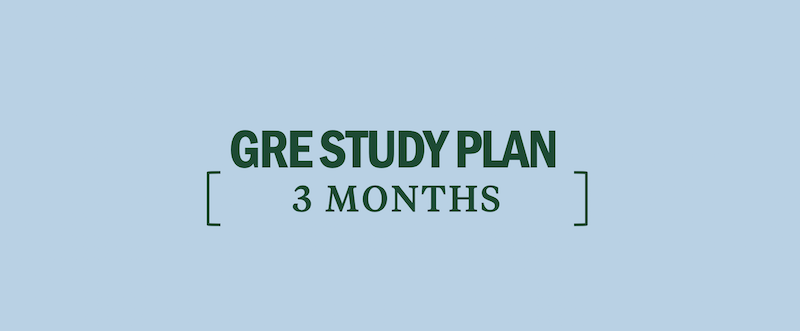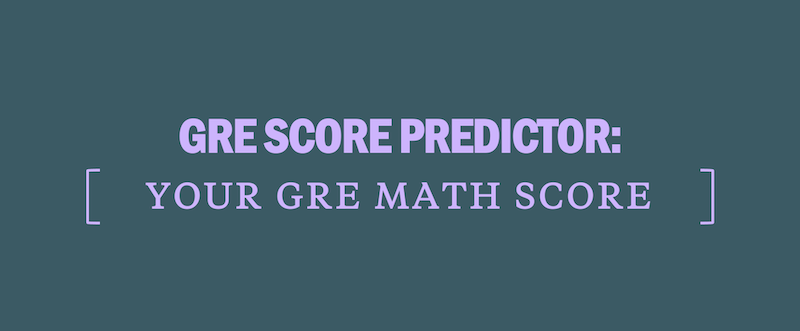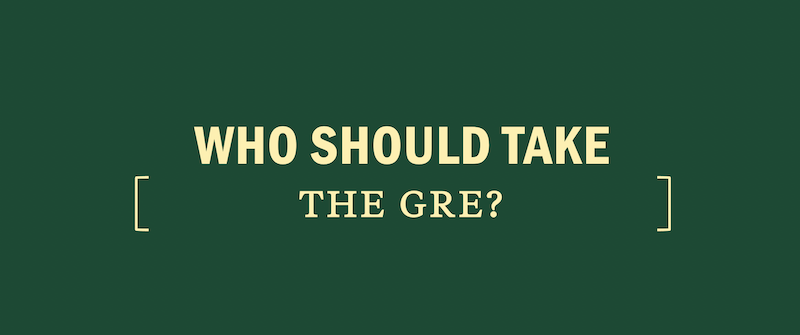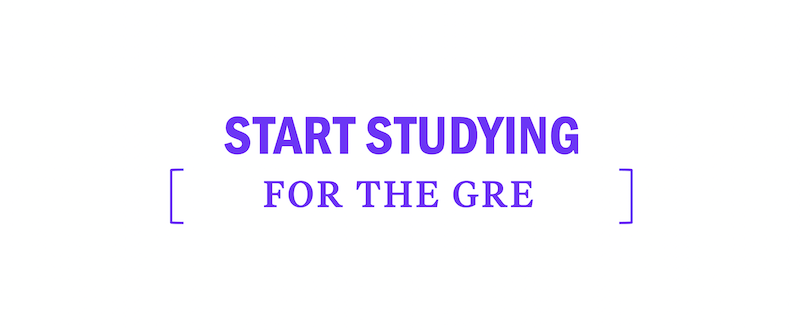4 Steps for GRE Two-Blank Text Completion Questions
GRE Text Completion questions contain one, two, or three blanks. To find the correct answer, you will need to understand both the meaning of the sentence/s as a whole and be able to identify the clues in the sentence. Here are four steps for how to conquer GRE Verbal Text Completion questions on test day.
For most two-blank sentence completions, you must go through the problem one blank at a time. First, treat the problem as if it were a one-blank sentence completion. Read the sentence, identify clue words to help you predict a blank, and make a prediction for one of the blanks first. That second blank might demand a bit more brain power, but you can use two-blank problems to your advantage. In fact, you can even increase your chances of getting the right answer. Let’s check out an example:
When you first read a two-blank question like the one above, you should determine what type of two-blank sentence it is. The main question is “are the blanks semantically independent from one another?” In other words, do you have to determine a relationship between the blanks before you answer, or can you isolate the meaning of each of the blanks first? The latter is more common and is often easier to answer. In the above question, you can isolate the meaning of each blank. Your strategy with these question types is almost identical to the one-blank sentences, but we must predict and eliminate twice.
STEP 1: Find Clue Words and Trigger Words
As you read the sentence, you will be on the lookout for keywords, words that describe the blank or relate to the overall flow of the sentence (transition words). Once you find them, write them down. It may seem redundant, but the act of writing them down will slow down your impulses and force your brain to think critically. What do the words tell you about the blank? Below are the keywords you could pick out from the example above.
Even when the recession was ostensibly over, and jobs were becoming increasingly —–, the fear of another economic collapse still ——-.
Our clue words include the phrase “recession was ostensibly over,” “jobs becoming…,” and “fear…economic collapse.” Even from these clue words alone, we can see contrasting directions of the sentence. First, the sentence describes a hopeful economic climate emerging from a crisis (recession was over), but, it soon returns to the negativity characteristic of the initial crisis (fear of economic collapse).
Our trigger words more clearly reveal the contradictory relation between each clause. “Even when” functions like “even though,” “although,” or “while.” “Still” tells us that, despite the improvement of the economic climate, fear still looms. “And” lets us know that the clause “jobs were becoming increasingly _____” follows the same logic of the first clause.
STEP 2: Write down a prediction for the easiest blank.
Once you’ve analyzed the keywords and punctuation of a sentence, you can come up with a prediction for the blank which seems the most straightforward to you. It doesn’t have to be a great prediction, but make sure you do write something down. Even a simple prediction like, “a negative word” or “something like sad” is a good prediction. Don’t let yourself read the answer choices without a written-down prediction. If you don’t write it down, you will likely forget it as you read the answer choices.
Now eliminate answer choices based on that prediction. Instead of scanning the answers quickly looking for the correct one, carefully move through the choices from A to F, eliminating the answer choices that could not possible match your prediction. Only worry about scanning the column for the blank you predicted for – don’t even read the other words.
In the first half of the sentence, the example is talking about an improvement in the economic climate; thus, jobs should be increasingly “available” or “abundant.” The first step is to eliminate those answer choices in which the first blank does not fit my prediction.
A. Available…dwindled
B. Accessible…evolved
C. Plentiful…persisted
D. Safe…disappeared
E. Open…diminished
This should be simple. “Available” works, since it is exactly one of the predictions. “Accessible” works, too, because it communicates the idea that there are more jobs. “Plentiful” also works, as it communicates the abundance of jobs in the prediction. “Safe” does not quite work. Perhaps job security becomes safer, but jobs themselves becoming safer has nothing to do with the sentence. “Open” makes for an awkward, almost confusing phrasing, but it’s close enough to the desired meaning, so let’s keep it.
STEP 3: Predict and evaluate the remaining blank.
Unfortunately, you may not be able to eliminate many answer choices based on your first prediction. If this happens, don’t let it discourage you. When you move on to your second prediction and elimination, you should have crossed out those you eliminated from round one.
A. Available…dwindled
B. Accessible…evolved
C. Plentiful…persisted
D. Safe…disappeared
E. Open…diminished
Let’s predict the second blank.
Even when the recession was ostensibly over, and jobs were becoming increasingly —–, the fear of another economic collapse still ——-.
Remember, the second half of the sentence contradicts the first half. While the recession was over, the fear of economic collapse still “lingered,” “endured,” or simply, “was present.” As long as the word suggests the presence of this fear, the word fulfills its role in the sentence. “Dwindled” suggests a decrease of fear, which is the opposite of what the sentence need. “Evolved” is not quite the opposite of what you want, but it certainly detracts from our desired meaning. You do not want to suggest that the fear has changed in some way–only that it has endured. “Persisted” is perfect; it is synonymous with “endured.” “Diminished,” like “dwindled,” suggests the opposite of our desired meaning.
C is our answer.
If you have more than two answer choices left after eliminating, then plug them into the sentence to see which ones are correct.




